Why and When To Invest In Sustainable Clothes for Kids
If kids outgrow and wear out clothing so quickly, does it really make sense to invest in sustainable clothing for kids? Yes! There are many ways to be more mindful and eco-friendly about how we purchase clothing for our kids. Check out the details below about why, when, and how we should invest in sustainable clothing for kids.
This is part of our How To Master Secondhand Shopping Resource Guide.
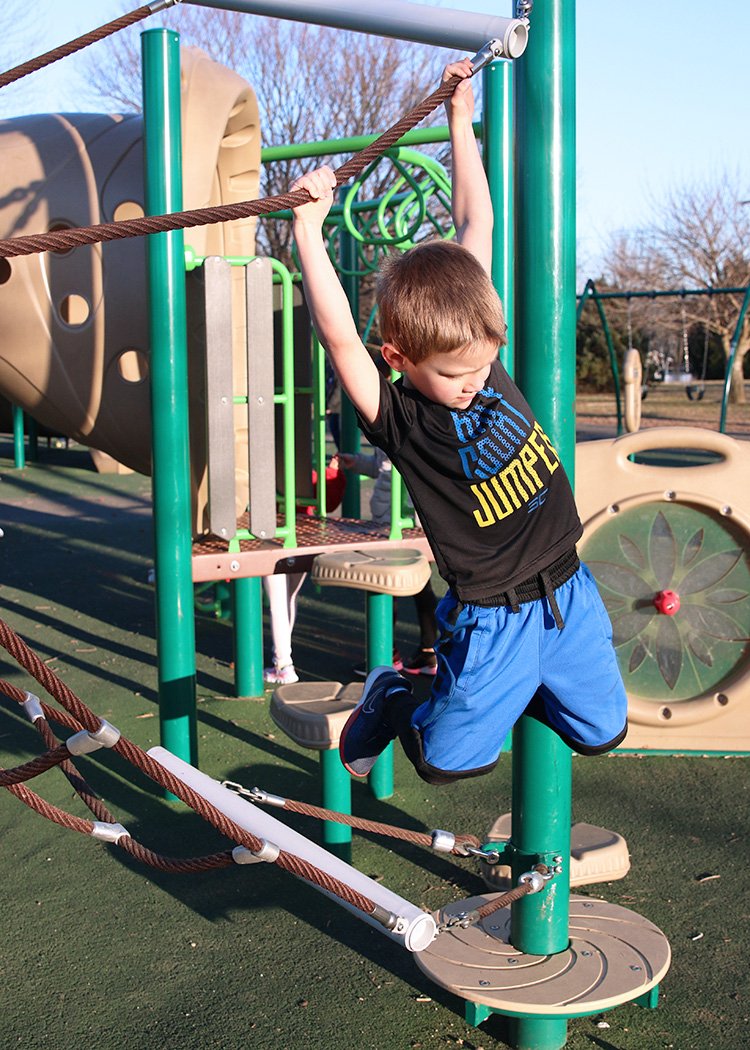
Children grow quickly and wear out clothes like crazy. In the blink of an eye, a perfectly-fitting shirt shows now off a midriff. Brand new pants come home with holes in the knees after a few weeks.
Because children seem to outgrow and wear out clothing so quickly, we might be tempted to believe that fast fashion is the only way we can afford to dress our kids. How can we consider investing in sustainable clothes for children when it feels like they won’t last anyway?
Fortunately, we can dress our children in sustainable clothes without spending a fortune. Further, fast fashion is much more expensive than the initial price tag implies. Investing in sustainable fashion for kids is possible and important for many of us, and at times more affordable and less stressful.
Consider Cost Per Wear
The price tags on clothing do not necessarily reflect the long-term cost of dressing our kids. It’s important to consider the cost per wear or allocation of the total cost of an item spread over the number of times the item is worn.
For example, a shirt that costs US$3 but falls apart after 2 wears has a cost per wear of US$1.50. A shirt that costs US$15 however, but lasts for 20 wears, has a cost per wear of just $0.75. Although the more expensive shirt costs five times as much as the cheaper alternative upfront, we actually save money, in the long run, buying the more expensive shirt and taking care to make it last.
Fast fashion junk falls apart quickly. Fads and trends rise and die in a matter of weeks, and these clothes become obsolete. When we buy high-quality, long-lasting basics that can stand the test of time we support our bank accounts and also ease the burden of our style choices on the environment.
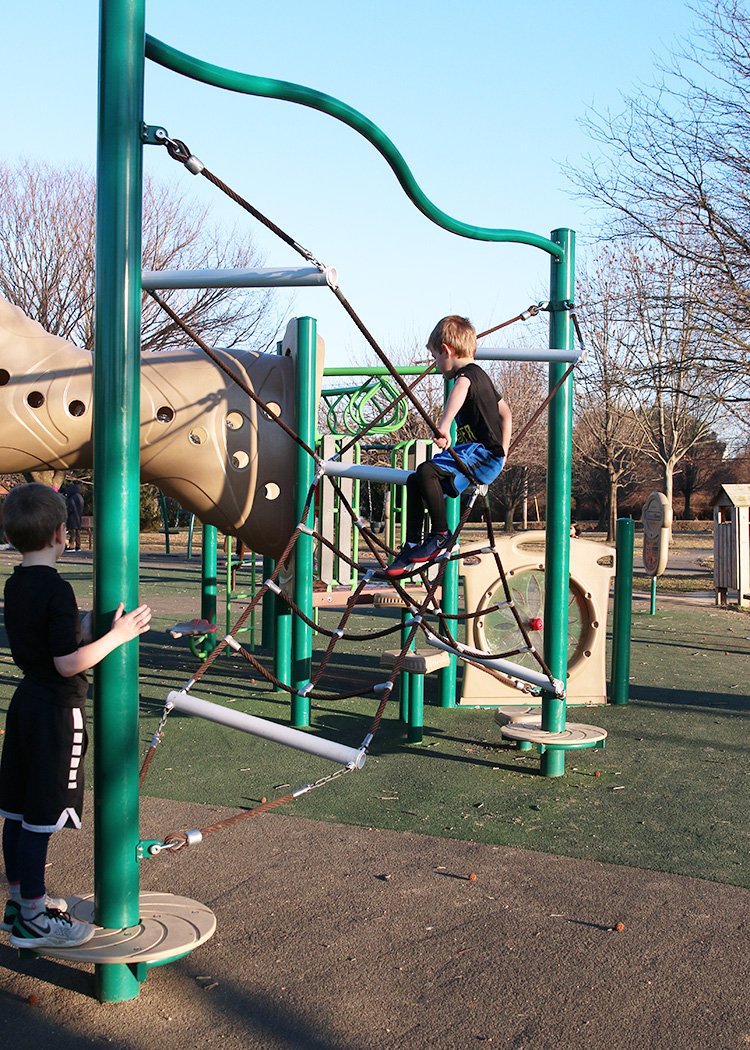
Invest in Pieces That Last
Related to cost per wear, we benefit from investing in pieces that will last even for our children. Each item of new clothing that we buy requires the consumption of more resources from our depleting supply on this planet. We’re running out of time and space to rely on disposable clothing.
When we invest in pieces that have longer lives, we save money. We also teach our children the importance of caring for the things that they own. It’s important to reinforce principles that we should purchase with intention, think wisely about how we spend our money, and be mindful of the goods we consume. The world might be our oyster, but it is not our oyster to trash.
Investing in long-lasting clothing also reduces stress. Who has time to constantly buy new clothes to replace the tattered shreds that fast fashion becomes after just a few washes and wears? Buy some peace of mind by investing in sustainable clothing for kids so you’ll only need to dedicate time to replenish your kids’ wardrobes a couple of times per year.
Moral Responsibility to Makers
Although not everyone can afford higher-end clothing, the volume of clothing that ends up our landfills suggests that most of us can afford to buy fewer items that cost a little more without impacting our budget. Such a trade-off can have a big impact on reducing the demand for cheap and poorly made items produced in sweatshops and with slave labor.
Related Reading: My Favorite Ethical Clothing Brands for Kids
Most of us can afford to reflect on how much clothing we buy for our kids and challenge the status quo that they need so many items. Instead, we can buy fewer items that will last and can be passed down to siblings, cousins, or friends. We can invest our hard-earned money in ethical and sustainable labor markets without breaking the bank.
Our Landfills Are Exploding
We have run out of space to toss textiles into the trash. Our landfills are overflowing with fast-fashion items and the rate of disposal seems ever-increasing. The United States alone sends 10.5 million tons of textile waste to the trash each year. Britons throw out over 200 millions articles of clothing each year.
Textiles can often be recycled or reused, and they don’t decompose efficiently or quickly in landfills if they decompose at all. We have to stop treating clothing like it’s disposable.
Spend More on Basics
Simple basics warrant a greater investment. They can be worn frequently, mixed and matched regularly, and mended with cute patches, stitches or dyes to lengthen their life and add unique design over time. With a bit of love and care, our basics might even get better over time.
Secondhand is Sustainable
Secondhand purchases extend the life of clothing and reduce waste sent to landfills. Secondhand is great for lots of types of clothing for kids. However, it’s especially perfect for the special occasion items on which we don’t want to spend a fortune.
Because kids only wear special occasion clothing a time or two and don’t often get that dirty while wearing it, the secondhand pieces are in exceptional condition. No matter the occasion, however, companies like thredUP have a vast and varied collection of high-quality secondhand clothing for kids. You kids probably won’t even know they aren’t “brand new”.
Related Reading: Secrets to Scoring the Best Secondhand Style from thredUP
Buying sustainable clothes for children is possible without blowing our budgets as long as we spend thoughtfully. Well-made clothes last longer despite children’s wear and tear. They are easier to mend and the styles don’t become obsolete over time. Investment in high-quality, everyday clothing for our children makes social, environmental, and financial sense.
How do you shop sustainably for your kids? Share in the comments!

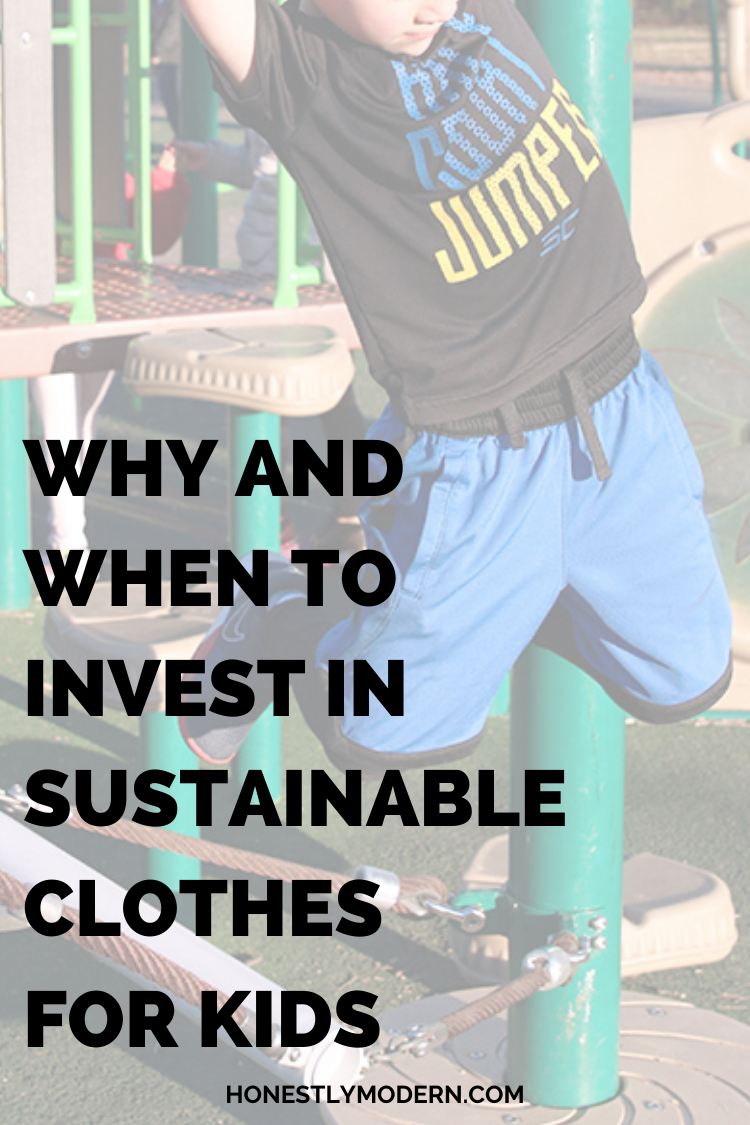

Jen Panaro
Jen Panaro, founder and editor-in-chief of Honestly Modern, is a self-proclaimed composting nerd and advocate for sustainable living for modern families. To find her latest work, subscribe to her newsletter, Stepping Stones.
In her spare time, she’s a serial library book borrower, a messy gardener, and a mom of two boys who spends a lot of time in hockey rinks and on baseball fields.
You can find more of her work at Raising Global Kidizens, an online space to help parents and caregivers raise the next generation of responsible global citizens.




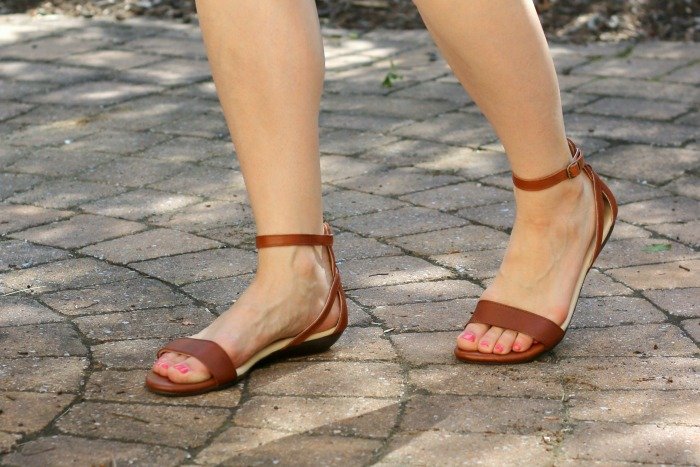
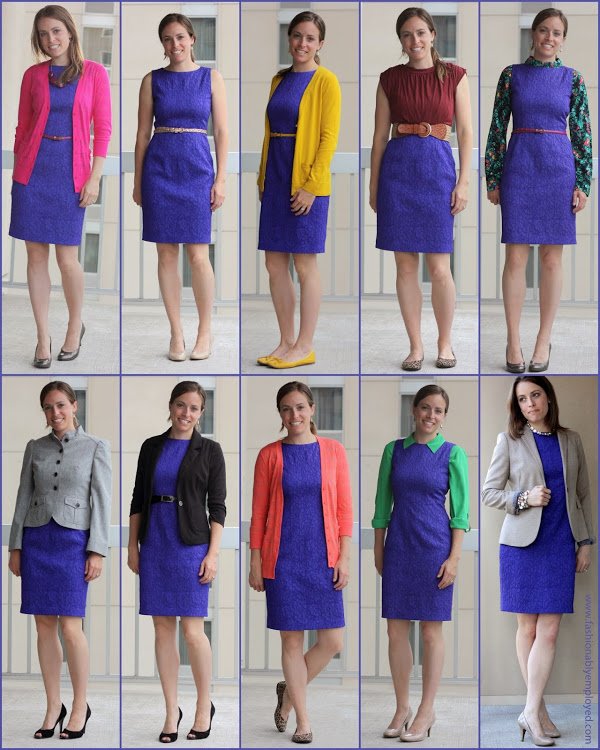
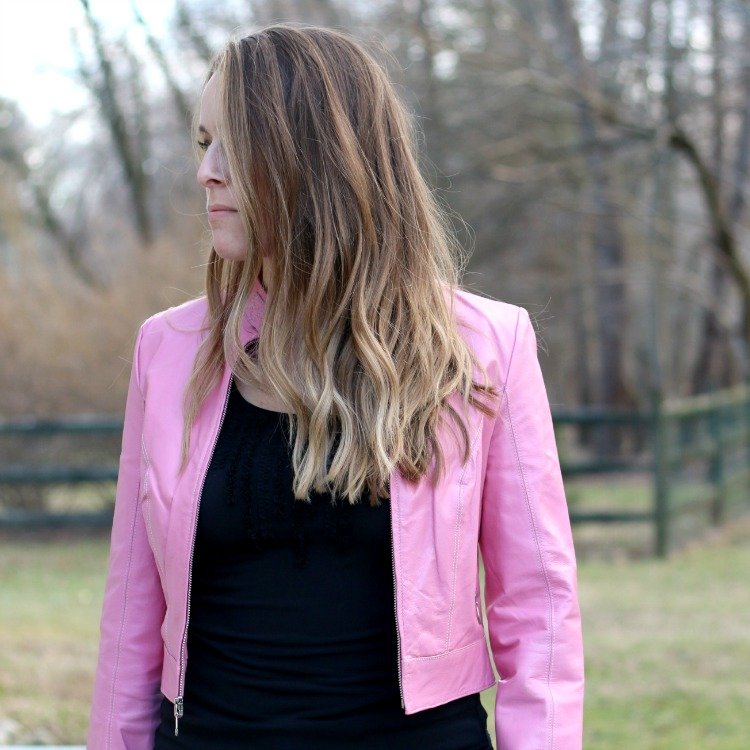

Today kids are next future leaders. So we should care them properly. Sustainable clothes are very important for kids growing. Thanks for your valuable discussion about kids’ clothes.